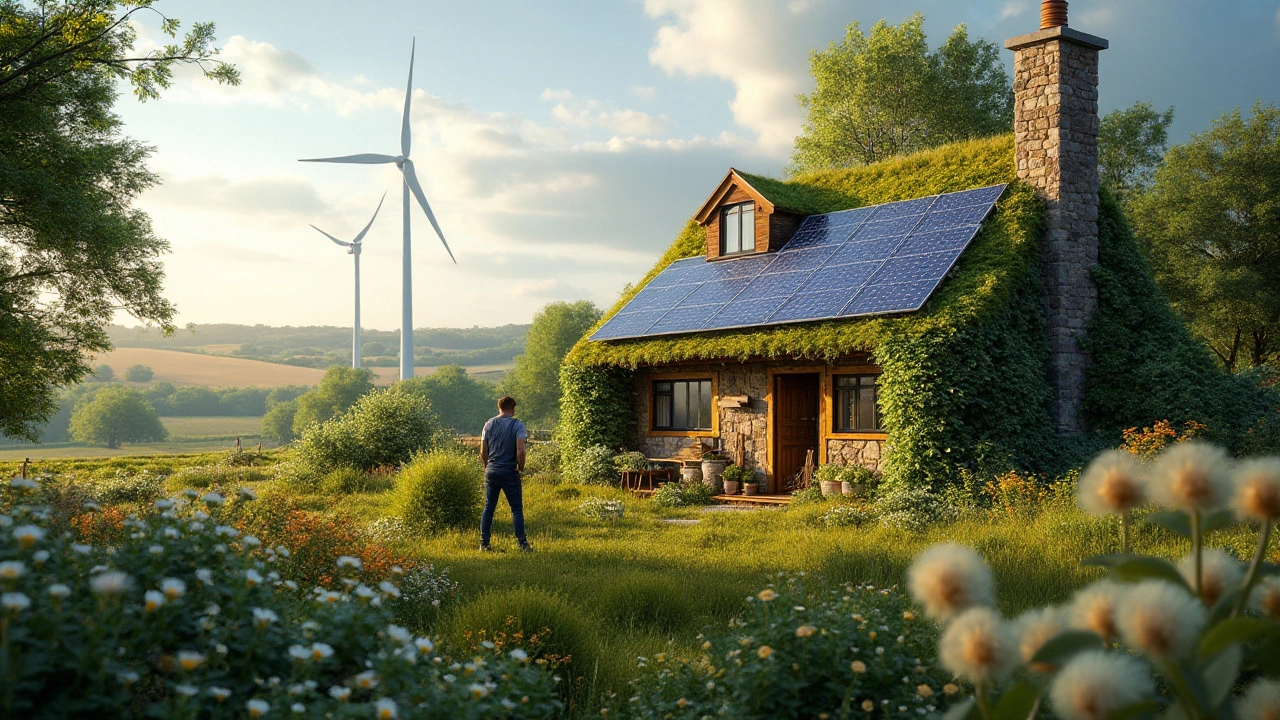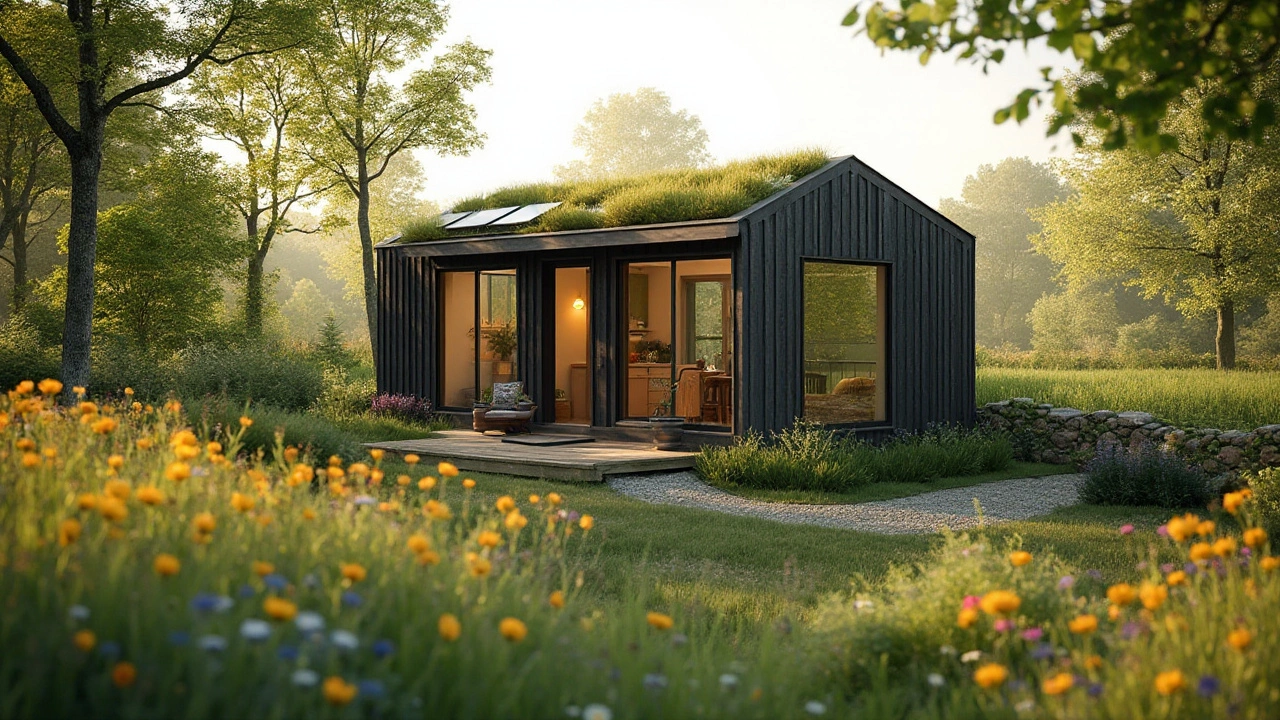
Eco-Friendly Homes: How to Live Green Without Breaking the Bank
If you’re thinking about a greener lifestyle, the first step is choosing the right home. Eco-friendly homes aren’t just a trend – they’re a smart way to lower bills, reduce your carbon footprint, and enjoy a healthier space. Below you’ll find straight‑forward advice you can act on today.
Why Choose Eco-Friendly Homes?
Eco homes use materials, design, and technology that cut energy use. That means lower heating and cooling costs, fewer repairs, and a smaller impact on the planet. Many people assume green houses cost a fortune, but the real picture is more nuanced. The biggest expense is usually the initial build, yet the savings over time often outweigh that upfront price.
For example, the post “Are Eco Homes Expensive? Real Costs, Savings & Smart Choices” shows that insulation, solar panels, and efficient windows can shave 30‑50% off yearly energy bills. Those savings add up fast, especially if you live in a place with high heating needs like the Scottish Highlands.
Top Eco-Friendly Home Types
Not all green homes look the same. Here are a few popular options you can explore:
Tiny Homes – Compact and built with reclaimed wood or straw‑bale walls, tiny homes demand less energy to heat and cool. They’re perfect for a minimalist lifestyle and often cost less to construct.
Earthships – Made from earth‑filled tires, these homes use thermal mass to regulate temperature naturally. They harvest rainwater and generate power with solar or wind, making them nearly off‑grid.
Modular & Prefab Green Houses – Factory‑built sections reduce waste and speed up construction. Look for models that incorporate insulated panels and renewable energy options.
Yurts – The post “Are Yurts Eco‑Friendly? Honest Facts About Green Living in Yurts” explains that modern yurts use eco‑fabric, wood frames, and can be insulated for year‑round living. They’re a fun alternative if you crave a more open, nature‑connected feel.
Each type has its own set of challenges. For instance, earthships need a suitable site with good sun exposure, while tiny homes may face zoning restrictions. That’s why it’s key to research local regulations before you commit.
When budgeting, separate the “must‑have” eco features from the “nice‑to‑have.” A solid insulation package is essential; solar panels can be added later as your finances allow. You’ll find the article “Eco Home Disadvantages: Hidden Costs and Common Pitfalls Explained” helpful for spotting hidden expenses that can surprise first‑timers.
Don’t forget everyday habits that make any home greener. Using LED lighting, installing low‑flow fixtures, and sealing drafts are low‑cost actions that boost efficiency regardless of your house’s size.
Finally, think about the long‑term resale value. Green homes are increasingly attractive to buyers who care about sustainability and lower operating costs. A well‑documented eco build can command a premium in the market.
Ready to start? Begin with a simple audit of your current home: check insulation, evaluate windows, and calculate your energy use. Then decide which eco upgrades fit your budget and lifestyle. Whether you upgrade an existing property or build from scratch, the right choices will lead to savings, comfort, and a greener future.

